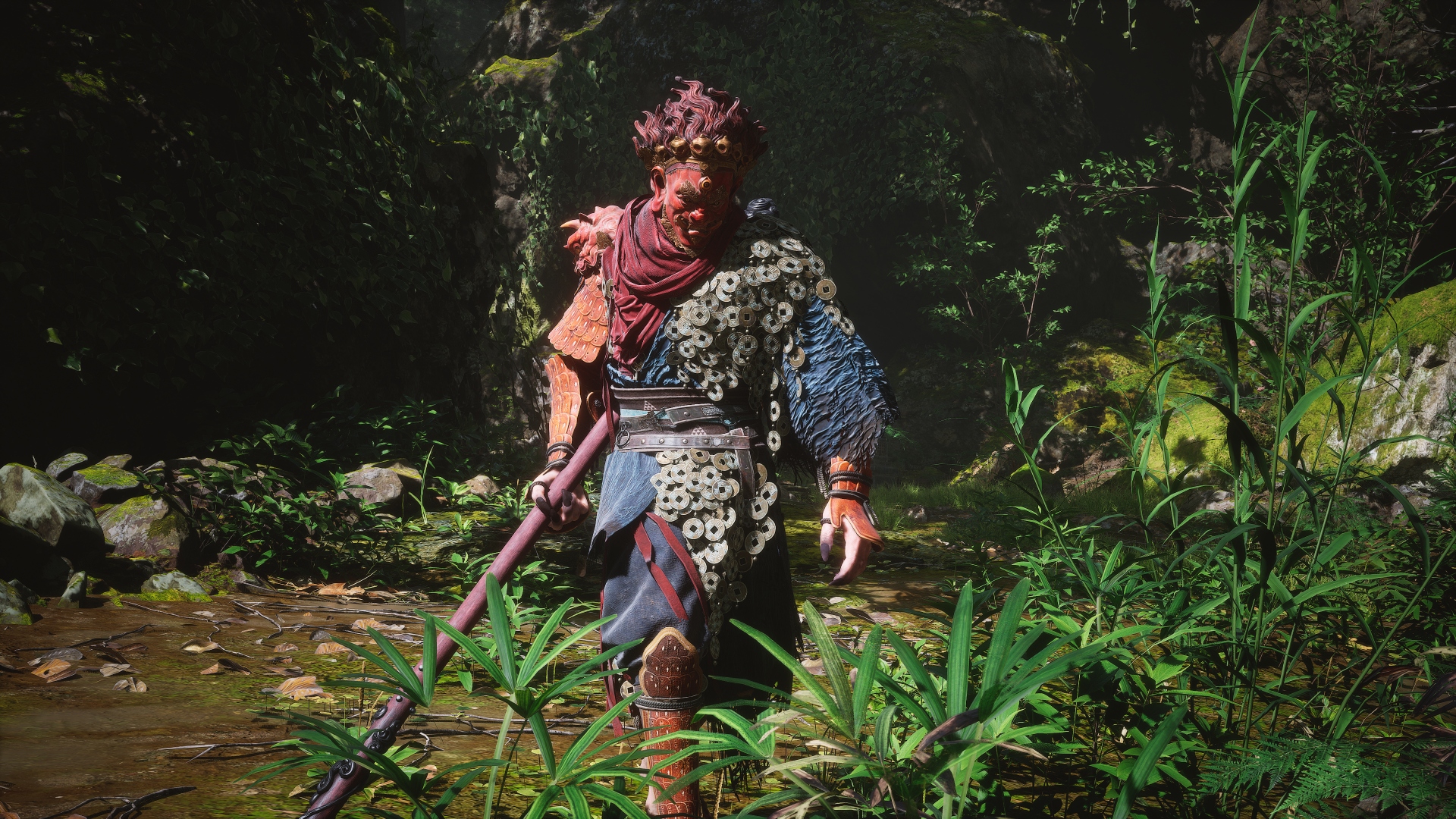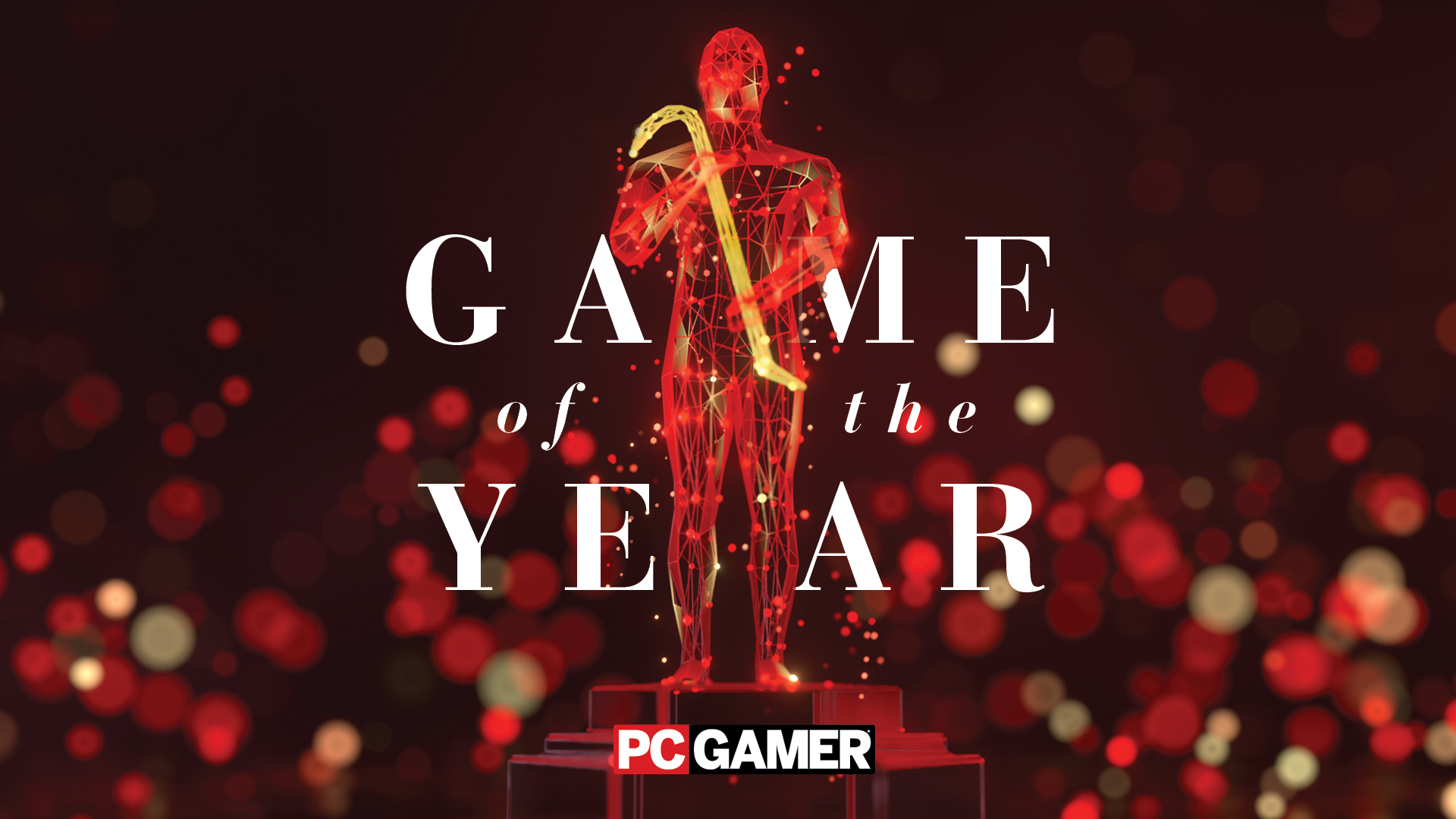



These animals may not have thumbs, but they sure have hands. Tony the Tiger studied the blade just to carve my ass into a Jack-O’-Lantern and I’m not even mad about it; in fact, I’m impressed. The entire zoo is out for blood in Black Myth: Wukong, a stunning action game clearly inspired by the Dark Souls series but distinct enough that calling it a soulslike doesn’t do it justice.
Need to Know
What is it? A beautiful and challenging singleplayer action RPG based on a Journey to the West.
Release date August 20, 2024
Expect to pay $60/£50
Developer GameScience
Publisher GameScience
Reviewed on RTX 4090, Intel Core i9 12900K, 16GB RAM
Multiplayer No
Steam Deck N/A
Link Steam
Dark Souls never let me stick my tongue out as a giant frog and slap my enemies around with it. It never let me create a posse of clones to punch an evil pile of rocks back into the ground either. If Dark Souls is a trial, Wukong is an adventure. Or if you want to be accurate about it, it’s a Journey to the West, but the animals have health bars. Wukong imagines a version of the classic Chinese story where a fox upgrades your healing potion. If anything about it is truly like FromSoftware’s games, it’s how much it lets its rich world speak for itself.
Wukong doesn’t waste time trying to establish why there’s a forest of wolf men or why you’re serenaded by a man without a head. It opens with hero Sun Wukong laughing in the face of a council of gods who immediately punish him so hard it takes hundreds of years for him to be reincarnated as a level 1 monkey. Journey to the West isn’t required reading before playing Wukong, but doing so might make its world considerably less opaque. Even so, I had no troubles appreciating its eccentric cast of talking animals who are either so amusingly pathetic you pity them or so self-serious it’s like you barged in on their third act.
Surprises like a gigantic frog leaping out of tall grass and a serpentine dragon clutching me in its teeth far above a frozen lake lured me forward—every level is a series of bizarre vignettes crash landing into a seemingly straightforward quest. Wukong is overflowing with boss fights, which isn’t actually as intimidating as it sounds. The difficulty of these encounters is so uneven that you never know what to expect. You might stumble into an oversized rat and come out unscathed, but need to fully lock-in to defeat a raging bear. Many of the bosses celebrate the spectacle rather than demanding your sharpest reflexes.
Wukong gently pressures you to take side paths that lead to treasure or sidequests that will beef you up for what’s ahead.
A similar ethos applies to the sections between those big fights. Wukong’s level design begins extremely linear, almost to the point of constricting its combat into one big highway of enemies, but it gradually opens up after the first few hours. You go from bonking wolves in a forest to tiptoeing past skeletal snake men. In its second chapter, every kind of rat shows up to snipe you from rooftops or set you on fire with clouds of gunpowder. Wukong gently pressures you to take side paths that lead to treasure or sidequests that will beef you up for what’s ahead.
In a desert area, I cleared out some shield-bearing hedgehogs and jumped down a bridge to find a man who had been turned into a rock begging for help. When I returned with an item he asked for he laughed at me for being gullible enough to fall for his trick—a classic 16th century joke! Suddenly I could lock onto him, so I smacked him a few times and he gave up a spell that let me parry attacks by turning to stone.
Instead of dropping you into a meat grinder of tricky enemy placements between each boss like so many soulslikes, Wukong lets these open sections breathe so you can soak up its world before moving into the next big battle.
When the fights do get tough—and some of them definitely do—Wukong’s flexible skill tree and upgrade systems keep most of them from feeling like brick walls. At any shrine, Wukong’s version of Dark Souls’ bonfire checkpoints that respawn nearby enemies, you can move your skill points around to invest in a number of powerful magical abilities. Investing in Immobilize gave me a tool to freeze enemies just before they landed a hit so I could heal or retaliate. Maxing out the duration of a spell that transformed me into a wolf with a flaming polearm was like having a second life for multi-phase bosses. While I wouldn’t quite call them builds, Wukong has plenty of ways for you to almost nullify the nastiest parts of a fight so you can survive it. Its spells are so strong that I suspect some players will opt to fight without them, like all the Reddit ascetics who proudly refuse to use the mimic tear in Elden Ring.
But doing so will rob you of the most satisfying elements of Wukong’s combat. Aside from some minor damage upgrades to your staff, you don’t have an inventory of weapons to choose from. You do, however, have an inventory of creatures to choose from. Special enemies found throughout the levels drop their spirits which can be equipped for a passive buff and a devastating signature attack, like morphing your head into a giant hammer or turning into a swordsman for one clean slash attack. Combat is largely about creating openings in an enemy’s attack patterns with your spells and buying time with dodges until they’re back online.
Most fights are a dance of cartwheels, somersaults, and puffs of smoke as your monkey man assumes the form of various beasts that you collect like Pokémon. Once you find the rhythm, you go from playing as a warrior to a magician.
A rough start
Nothing is more frustrating when that flow is broken by something you can’t improve with a little better timing or prediction. In the review build of the game, a stuttery frame rate and the occasional crash ended a few early battles prematurely for me. Wukong is yet another game plagued by the curse of graphics shaders tanking performance so badly that instead of swapping your skill points, you’re swapping video settings to find a combination that’ll get you through the next section, and no amount of raw GPU grunt can power through it.
Although Wukong has fairly linear environments, they’re dense with beautiful detail, like a sunbaked desert with gnarled trees or a forest of glowing leaves. It’s a shame that I had to muddy any of it by knocking down my settings to medium on a Nvidia RTX 4090. It fixed my issues without tarnishing too much of the gorgeous views, but there’s a chance the experience could be even worse on launch day for people with way less extravagant graphics cards.
The handful of deaths from the game’s poor performance couldn’t sour how impressive Wukong is as an action game that isn’t content with living in FromSoftware’s shadow. It may have a lot of the signifiers of a soulslike, but it wields its difficulty in a more playful, approachable way. Wukong shirks a lot of the punishing difficulty synonymous with the soulslike genre, positioning it as one of the best games to recommend to anyone who has avoided them or for those who aren’t fond of how grim they tend to be. Bosses that bookend each chapter are the closest mirrors to ones you’d find in Elden Ring, but you can skip usual moveset memorization and trial-and-error with patience, dodging around until you’re comfortable with going in. Checkpoints are never more than 30 seconds away from the bosses too. The rewards at the end of each chapter are striking little animations—one of which is a stop-motion parable about a man who saves an injured wolf—that make your effort worth it.
Wukong is one of the most joyful action RPGs I’ve played simply for how lovingly it treats its world and characters.
Those scenes reinforce the exuberance with which the game’s developers drew from such an iconic work of folklore. GameScience has imbued Wukong with a staggering amount of creativity. Aside from the performance issues, the biggest disappointment comes from outside the game itself: Last year, an IGN report described in detail a history of sexist remarks from GameScience’s leaders. The studio has declined to acknowledge the allegations in recent interviews, and while I didn’t find anything within the game that reflects an extremely regressive view of women (although there just aren’t many in the game), the behavior tarnishes what would otherwise be an effortless recommendation..
Wukong is one of the most joyful action RPGs I’ve played simply for how lovingly it treats its world and characters and, by extension, how much it clearly wants me to love them too. It worked: Punchy combat aside, I wanted to keep working through each area to meet another weird little creature with a mysterious quest or to get jumped by another animal who learned MMA. In a pool of games about fallen kings and sad dragons, it’s delightful to play an action game that isn’t obsessed with being dour and where the best solution to the most grueling fights is to use as many fun abilities as you can. In a year with the tremendous Elden Ring: Shadow of the Erdtree DLC, I never thought I’d play a game that veers in such a wildly different direction but manages to reach similar highs, even if it lacks the sheer scale and build complexity as FromSoftware’s masterpiece.
Wukong is its own beast and if it has to be labeled a soulslike, then I think we’re going to have to come up with a new definition. There’s nothing else quite like it.


